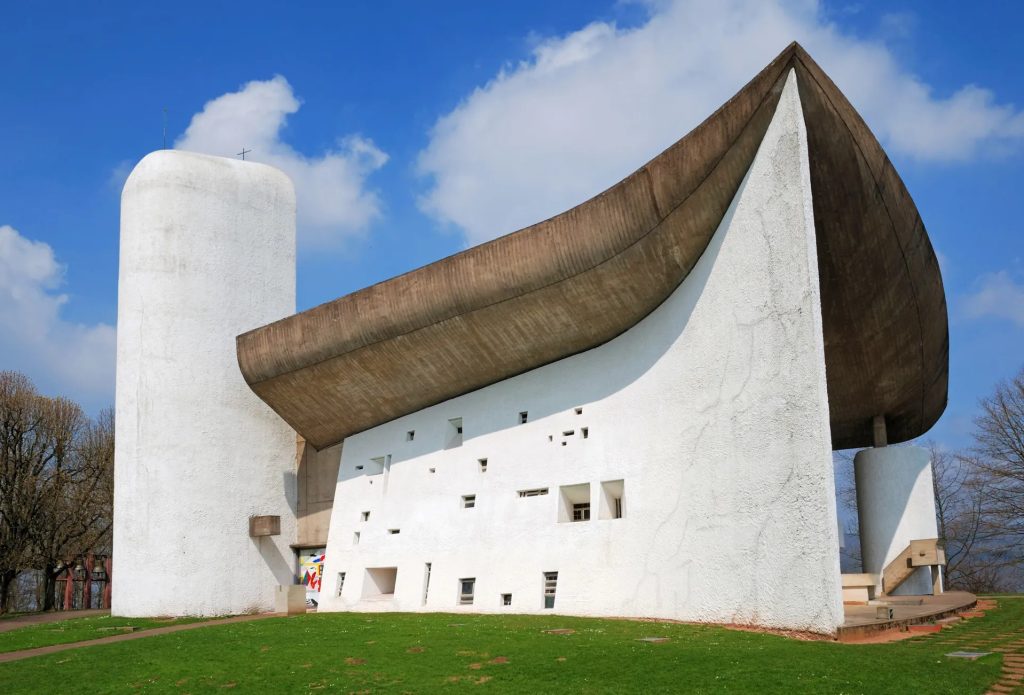Architectural heritage is the collective term for the built environment that has been passed down to us from past generations. It includes monuments, buildings, gardens, and other constructions, including those of religious, industrial, and residential origin. The term also embraces the material culture associated with these constructions, such as furniture, tools, and other artifacts, as well as the intangible culture associated with them, such as customs, festivals, and rituals.

In fact cultural heritage is defined by the set of assets, tangible as well as intangible, that have to do with the culture of a group of people, nation or society. This concept is important because it adknowledge the cultural identity of this certain people. In order to do it, we shouldn’t identify a culture solely by the set of its monuments but also by the concept of cultural asset, meaning monument, works of art, antiques, historical documents and habits, customs, economy, production, gastronomy, witnesses of a culture. It integrates objects with historical or artistic value, but also any expression, manifestation or significant testimony of human culture with documentary capacity.

Preservation is a method of not losing the values of cultural identity. In order to preserve you must know before what the cultural assets are, before any action we do as architects,
we must think about the value of the advantages on which to intervene before deciding the type of intervention. Indeed, public organs like UNESCO’s World Heritage Convention since its inception in 1972, have as a essential objective to “encourage the identification, protection, and preservation of cultural and natural heritage considered to be of outstanding value to humanity.”
Personally, I think we should preserve architectural heritage for a variety of reasons. First, it is an irreplaceable part of our collective history, providing us with a tangible connection to past generations. Preservation also has practical benefits, such as conserving valuable resources and protecting the environment from further damage. Finally, preserving our architectural heritage can provide a vital source of cultural identity and pride, and can serve to inspire future generations.

In order to preserve architectural heritage, a variety of legislative instruments and interventions can be employed. These can include regulations on development and the use of land, and the designation of protected areas. Adaption, reconstruction, renovation, consolidation, repairing, preservation, and maintenance are all measures that can be taken to ensure that heritage is preserved. The use of modern materials and techniques can also be employed to ensure that heritage is preserved and adapted to meet the needs of a changing world.